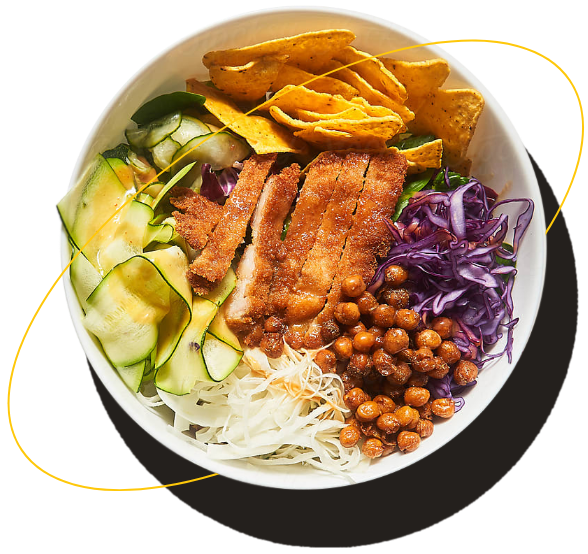Representing animal agriculture and sharing our sustainability contributions during Climate Week NYC
2023 September 19
As we head into a very busy autumn, I’m reflecting on the importance of taking the first critical step in joining meaningful, even challenging, conversation – that is, showing up. And since we are confident our efforts will sustain nutrient-dense foods like meat and dairy on menus for generations to come, we are working hard to to show up at the world’s most important sustainability discussions.
In the next few months alone, that will take us from New York City to Dubai and more. First up, this week I’m proud to join the U.S. chapter of the United Nations Global Compact (UNGC) – UN Global Compact Network USA – for its SDG Summit USA, held on the margins of the UN General Assembly (UNGA).
The Summit showcases the diverse ways in which the U.S. private sector is helping advance the global sustainability agenda. I am honored to join a roundtable discussing the connections between food production, environment, and social justice.
Moderator Lisa Moon of the Global FoodBanking Network will lead us in a discussion touching on participants’ actions in areas like water, biodiversity, and greenhouse gas (GHG) emissions; their engagement within and beyond the food system; opportunities and challenges in making further progress; and where we see sustainable food systems moving over the coming decade.
It’s an opportunity I’m extremely grateful for, and in particular I’m delighted it comes just as the Meat Institute and the UN Global Compact Network USA jointly launch a much-needed new practical tool to help meat companies conduct GHG inventories – the first critical step toward setting science-based emissions reduction targets, in line with global climate goals.
The tool uses real-life data methodologies and randomized data examples to provide a concrete case study that takes readers from defining a company’s operational and organizational boundaries through understanding and measuring its direct, indirect, and value chain emissions (scope 1, 2, and 3).
This kind of practical tool is just one way the Meat Institute is working to achieve our ambitious continuous improvement goals. We aim for 100% of members to have science-based emissions reduction targets by 2030, but we know that some companies need additional guidance and resources to know where to start.
It will be an honor to learn from other participants at the SDG Summit, hearing more about their efforts and how they work through challenges in their own operations and in collaboration with partners. Nothing about this is easy, and all of us have a role to play in producing all foods as sustainably as possible. I’m grateful join colleagues like Kellogg’s Janelle Meyers, Impossible Foods’ Nate Gorence, Sabra’s Kristen Royal, and Unilever’s Hanneke Faber, among others.
I’m also looking forward to continuing the conversations, including at the third annual Protein PACT Summit October 4-6 in San Diego and then at the Sustainable Brands Conference October 16-19.
Our dynamic Protein PACT Summit agenda features incredible speakers and topics like “Confronting Myths and Consequences of Policy in the Meat Industry”, led by Academic Advisory Council members, Dr. Alexa Lamm, University of Georgia and Dr. Craig Gundersen, Baylor University; “ESG Investing: Impacts on the Agricultural Supply Chain” with Ruth Ann Wisener, Vice President of Investor Relations, Bunge; and much more. We’ll also release during the Summit our second annual continuous improvement report, sharing updated results of our first-of-its-kind data collection.
I hope to see some of you at one or both of these events. And aside from in-person connections, I hope you’ll reach out for digital ones. If you don’t yet receive our quarterly Protein PACT newsletter and are interested in subscribing, contact me at emittenthal@meatinstitute.org or comment “newsletter” below. And as always, we hope you’ll join the Protein PACT conversation here on LinkedIn or on our other social media channels (Twitter, Instagram, Facebook).
Read the article on LinkedIn.

